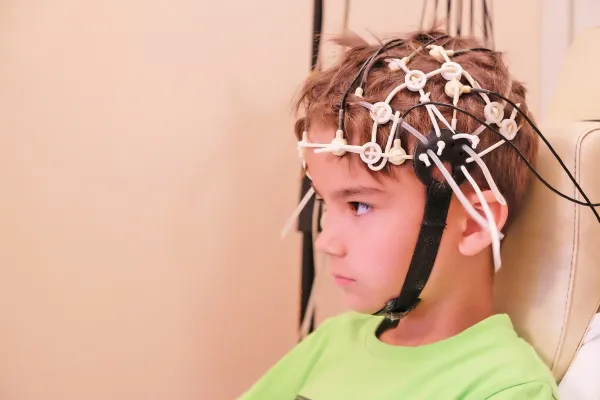Use Add-Ons to Count EMG/NCS Combo

You’ll need 2 codes, and 2 documented orders, for these tests. When your PM specialist performs a nerve conduction study (NCS), you’ll choose the correct NCS code after counting the number of studies she performs. If the encounter also includes a needle electromyography (EMG), coders need to come through with add-on code knowledge to file a successful claim. The basics: For an NCS/EMG combo, you’ll file at least two codes — and perhaps more. It all depends on what the encounter notes call for. Don’t fret, though. we’ve got some expert advice for coding NCS/EMG combos that will help when those claims find their way to your desk. Use Combo of These Codes When your PM specialist performs an NCS, you’ll need to count the number of studies the notes indicate; then you’ll choose one of the following codes: Once you’ve settled on an NCS code, you’ll next select one (or more) of the following add-on codes for the EMG, confirms Mary I. Falbo, MBA, CPC, CEO of Millennium Healthcare Consulting Inc. in Lansdale, Pennsylvania: Explanation: According to Marcella Bucknam, CPC, CCS-P, COC, CCS, CPC-P, CPC-I, CCC, COBGC, revenue cycle analyst with Klickitat Valley Health in Goldendale, Washington, the NCS/EMG combo is so common that the EMG add-on codes were created more than five years ago. “The EMG determines whether there is a breakdown in the communication between the nerve and the muscles; and the nerve conduction study tests how long it takes the nerve signal to travel to its destination and cause a muscle response,” she explains. Be on Lookout for Undercoded Claims Bucknam also says that the NCS/EMG coding encounter is often undercoded, because “the ordering provider just orders an EMG when both an EMG and NCS are needed,” says Bucknam “Less frequently we see only an NCS ordered when EMG is also needed.” Even though the provider might perform an EMG and an NCS, there need to be orders and documentation for both tests for the claim to succeed. Providers might mistakenly believe that an NCS order will include an EMG if necessary, and thus don’t need to document both tests. “But that is not acceptable from a billing and reimbursement standpoint. If these codes are audited by the payer, it will expect to see an order for each test to be performed. If only an EMG is ordered, only an EMG can be performed,” says Bucknam. Check Out This Clinical Scenario To illustrate an NCS/EMG combo encounter, Bucknam offers this example: A patient presents with pain and numbness in both hands and wrists. He is a computer programmer and spends many hours a day using a mouse and keyboard, and the physician suspects a repetitive movement injury, likely carpal tunnel syndrome. The physician orders bilateral upper extremity EMG and NCS. The physician conducted five NCS in each arm, and also performed an EMG in each arm. Interpretation of test results confirms bilateral upper-extremity carpal tunnel syndrome (CTS). The patient’s primary care physician (PCP) will treat the CTS from this point. On the claim, Bucknam says you should report:




